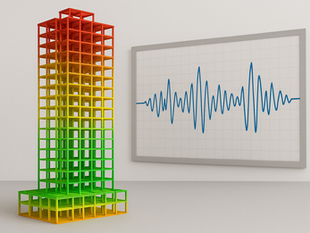
The Mid-rise Revolution: Why Moderate Height May be the Smarter Choice
2
2
0
In an age where verticality often equates to spectacle, mid-rise buildings quietly offer some of the most thoughtful, sustainable, and people-friendly solutions for urban growth. Typically ranging from 6 to 12 stories, these structures provide an ideal balance between density and liveability.
But this isn’t a contradiction to supertall design. It’s a call for nuance.
Rather than asking how tall we can build, perhaps we should ask:
How smartly can we build up?

Human-Scale Density
Mid-rise buildings can accommodate a large number of people without overwhelming the urban fabric. Their scale is more compatible with walkability, daylight access, and street-level activity. This makes them ideal for neighbourhoods that prioritize community life, small businesses, and active transportation.
Lower Environmental Impact
Compared to supertall towers, mid-rises typically:
Use less concrete and steel
Require fewer complex construction processes
Allow for greater use of timber and hybrid systems
Support natural ventilation and passive cooling strategies
They don’t compete with skyscrapers, they complement them. The right urban strategy incorporates both.
Greater Flexibility and Affordability
Mid-rise buildings are well-suited for adaptive reuse, incremental development, and mixed-income housing. Their construction costs are generally lower, making them more accessible for municipalities, developers, and even co-housing cooperatives.
They offer the flexibility cities need to grow sustainably, without sacrificing access or affordability.
A Scalable Urban Model
Mid-rise developments can be replicated across cities, forming consistent, resilient urban patterns. When combined with well-planned public spaces and multimodal transport, this model supports vibrant, equitable, and low-carbon urbanism.
This isn’t just good design, it’s urban intelligence.
Conclusion
Tall buildings will always have a place in the skyline, when land constraints, density demands, or symbolic impact justify their form. But if the future of cities is to be dense, green, and humane, then mid-rise architecture may often be the smarter tool.
Verticality is a spectrum, not a contest of height. And in that spectrum, smart design at every level, especially the middle, can elevate the way we live.






